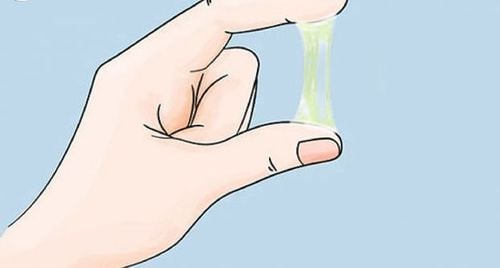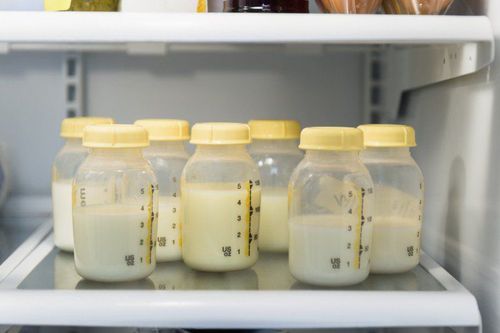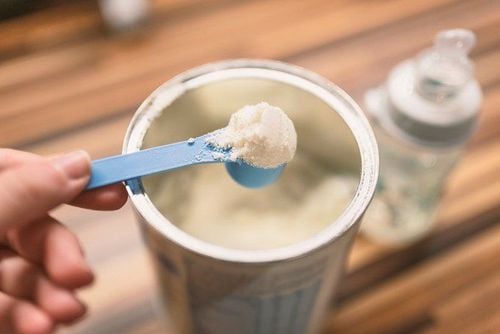Jelly desserts are a favorite treat among children. Nowadays, jelly comes in a variety of eye-catching colors, making it even more appealing to kids. Many parents believe that jelly is made from fresh fruit and is therefore rich in essential vitamins and minerals for children. As a result, they allow their children to consume large quantities. However, this belief is not entirely accurate
1. Eating Too Much Jelly Can Cause Toxicity
Nutrition experts indicate that jelly mainly consists of carrageenan, a biopolymer extracted from certain seaweed species. While carrageenan provides some benefits for gut function, excessive consumption can lead to difficulty in absorbing minerals, water, sugar, sodium alginate, agar powder, and artificial flavors. These ingredients offer little nutritional value and primarily serve to enhance taste, much like candy.
Sodium alginate (the sodium salt of alginic acid) and agar (a thickening agent used in jelly production) are forms of dietary fiber. Although fiber is essential, excessive intake can interfere with the body's ability to absorb fats and proteins. Furthermore, it may cause iron, zinc, and inorganic salts to bind into compounds that are either soluble or insoluble, potentially affecting overall health.
Children who consume large amounts of jelly may experience impaired absorption of certain nutrients, including proteins. This can also inhibit the absorption of trace elements such as iron and zinc. Prolonged consumption can alter a child's taste preferences, leading to a craving for foods with unusual flavors.
Moreover, children's liver and kidney functions are not fully developed, making it easier for toxins to accumulate in the body. This can disrupt metabolism, hinder growth, and even damage the gastric mucosa, potentially leading to gastritis.
The widespread use of industrial chemicals to enhance jelly texture and aroma is another concern. To minimize the risk of chemical poisoning, parents should avoid giving their children jelly from unknown sources.
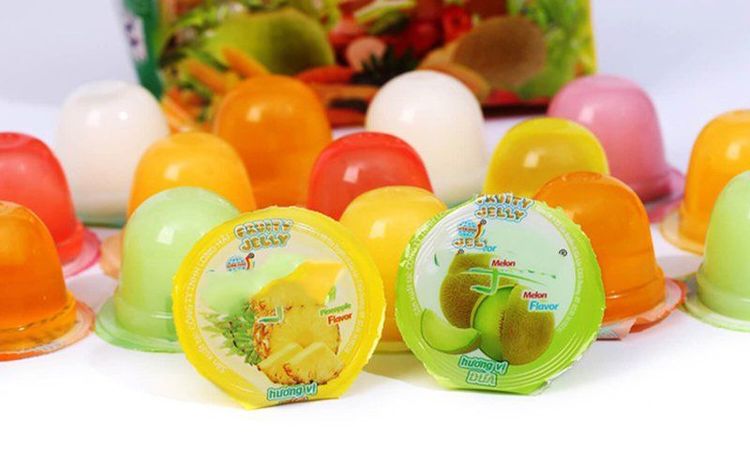
2. Risk of Death from Choking on Jelly
Hospitals report numerous cases of young children choking on foreign objects, with jelly being one of the most dangerous culprits due to its high risk of causing asphyxiation. Jelly is soft and slippery, often shaped like small cylinders, making it easy to slide down the throat.
Many parents peel off the jelly’s outer wrapper and squeeze it directly into the child’s mouth. This sudden force can push an entire piece of jelly into the throat, blocking the airway and causing suffocation.
Jelly is particularly hazardous because it conforms t o the shape of the airway, sticking tightly and making it difficult to remove. Additionally, when medical instruments are used to extract the jelly, it can break apart into smaller pieces, further complicating emergency procedures.
If the child turns blue or stops breathing:
- Immediately tilt the child downward and firmly pat their back to dislodge the jelly from the airway.
- Seek emergency medical attention immediately.
3. Never Let Children Eat Jelly Alone
Some parents buy large quantities of jelly for their children, allowing them to eat while playing, unsupervised. This is extremely dangerous. If a child accidentally swallows a piece of jelly the wrong way, they may not be able to call for help in time, and suffocation can lead to fatal consequences.
To prevent accidents, always supervise children while they eat and feed them small portions gradually.
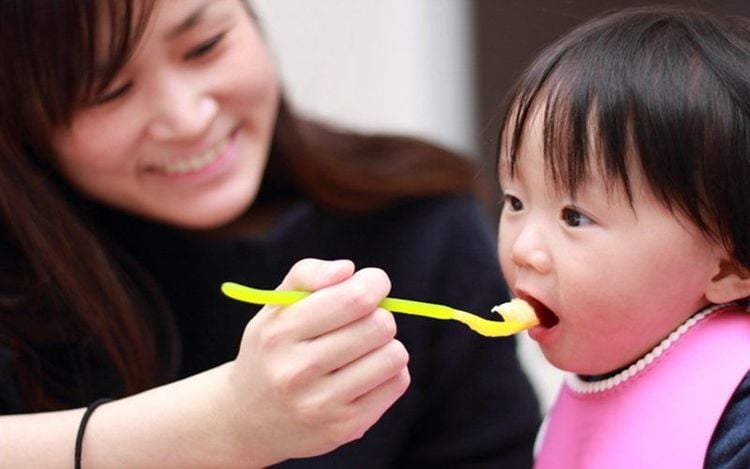
4. Making Homemade Jelly
With growing concerns over food safety, many parents prefer to make homemade jelly using fresh ingredients. This ensures hygiene and eliminates concerns about additives and preservatives. Choosing your child's favorite fruits can make homemade jelly both nutritious and enjoyable.
However, even with homemade jelly, parents should feed their children small portions and never leave them alone while eating to prevent choking hazards.
Additionally, parents should supplement their child’s diet with essential nutrients, such as lysine, trace minerals, and B vitamins, which support digestion, improve nutrient absorption, and help children develop healthy eating habits.
Learn More About:
Signs of Zinc Deficiency in Children
Micronutrient Deficiencies and Growth Issues
Stay updated with useful health information for your child and family by visiting Vinmec.com.
LAMINKID I: Health Supplement for Children
Benefits:
- Provides essential minerals and vitamins
- Supports digestion and nutrient absorption
- Enhances immune function and reduces the risk of infections such as upper respiratory tract infections and colds
Suitable for:
- Children with poor appetite, malnutrition, or slow growth
- Children with weak immune systems or frequent illnesses
Product Quality Assurance:
- Elepharma Pharmaceutical Joint Stock Company
- Address: No. 9, Trương Công Giai Street, Dịch Vọng Ward, Cầu Giấy District, Hanoi, Vietnam
- Hotline: 1800 6091
- Email: info.elepharma@gmail.com
🔗 Learn more about LAMINKID I: Click Here
🔗 Register for child nutrition consultation: Click Here
For more health, nutrition, and beauty tips, visit Vinmec International General Hospital to safeguard the health of yourself and your loved ones.
To arrange an appointment, please call HOTLINE or make your reservation directly HERE. You may also download the MyVinmec app to schedule appointments faster and manage your reservations more conveniently.

